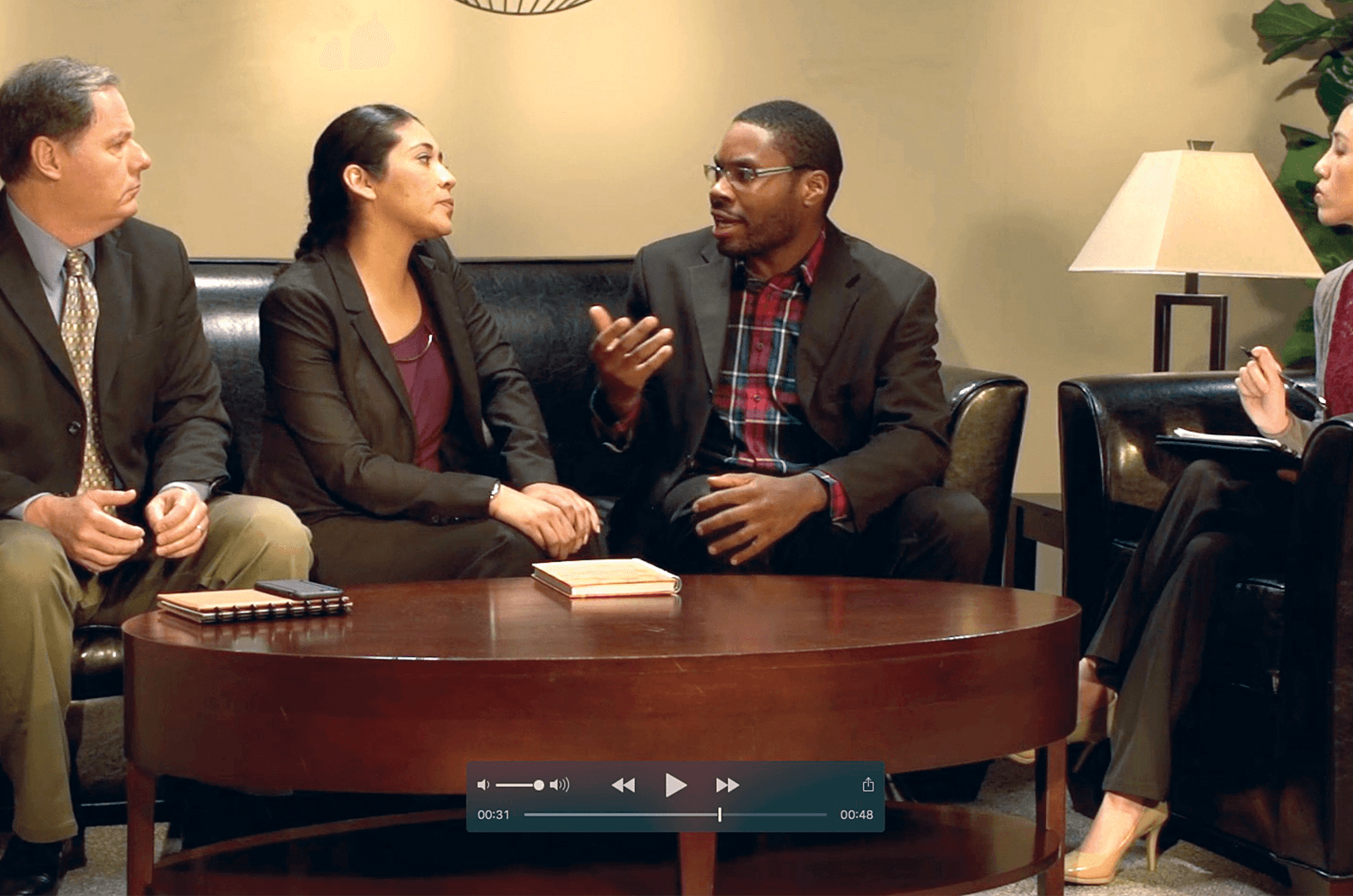Acknowledge and Add
 There are so many useful and excellent articles on the TI website. Here is one that I read recently on
There are so many useful and excellent articles on the TI website. Here is one that I read recently on
“How to Disagree Diplomatically“:
It gave three tips: Depersonalize; Acknowledge and Add, and Use “I agree” cautiously.
The one that resonated with me more is “Acknowledge and Add.” It refers to first listening and not shutting the other person down. You don’t necessarily agree but acknowledge the other person, then add your points.
It happens all the time at work where, as a Project Manager, I often have ideas on addressing a business requirement; however, my Business Analyst has their own concept. I get positive results when I listen first and add my points next. In the end, we agreed on the best idea. It could be theirs, or mine, or the combination. When we acknowledge first, we demonstrate respect and make the discussion flow smoothly. As the article in TI stated: “People listen best when they feel they have been heard.” That is precisely right. We get the best results when we do.
With my own family, I have applied this approach many times. I either get an acknowledgment from my youngest 22 yr old daughter, that it made the chat enjoyable, or we prevent an argument. Being a dad, I would rather have the former than the latter, of course, as I already have enough on my head (`eh).
With my fitness trainer, I hold off on my idea of how to properly lift weights as I am a physical fitness trainer myself. I listen, acknowledge, show some nodding, and then add my ideas. Surprisingly, I got the best posture I needed when lifting weights. My expertise is on another aspect of fitness and weight training, so I am glad I used the approach of acknowledging and adding no matter how much I thought I knew better.
It takes time and a lot of practice. I definitely could use more of it. I guess the first step is to acknowledge that we can always do better, after all, life is about that, all about continuous improvement. Disagreeing diplomatically is about the proper approach. Disagreeing can be done politely by acknowledging and adding. It’s worth the try to get better results.
Eugene Sicat, DTM
District 42 District Director
